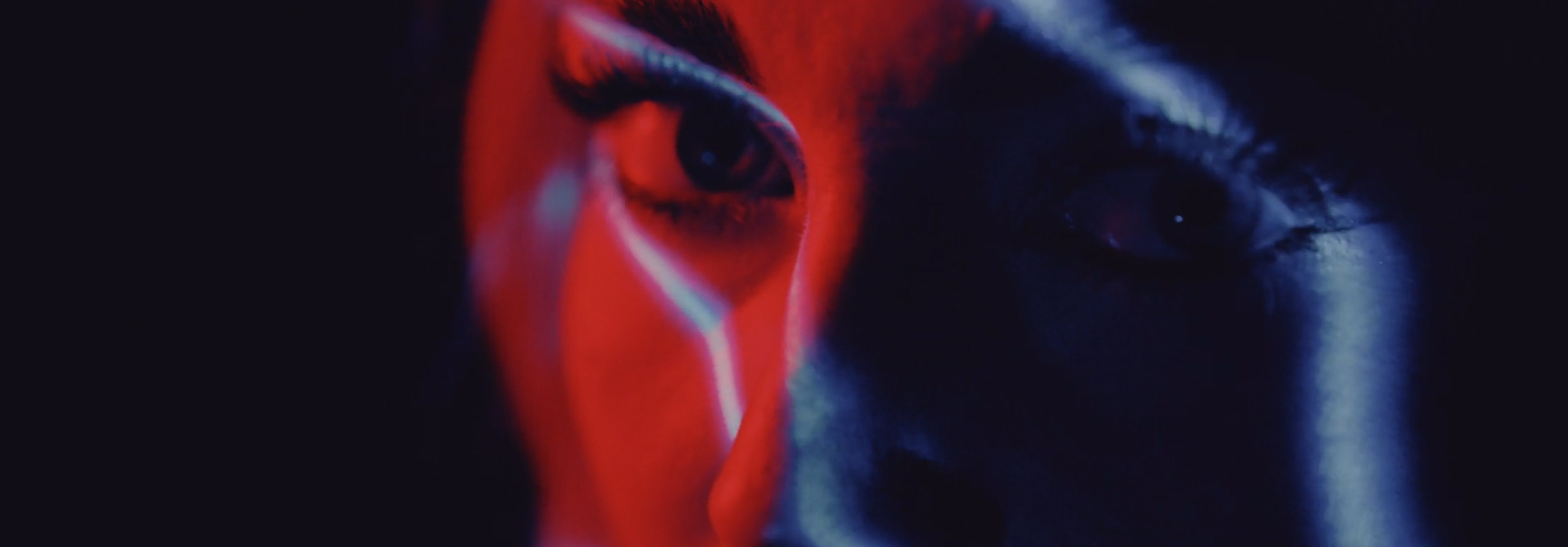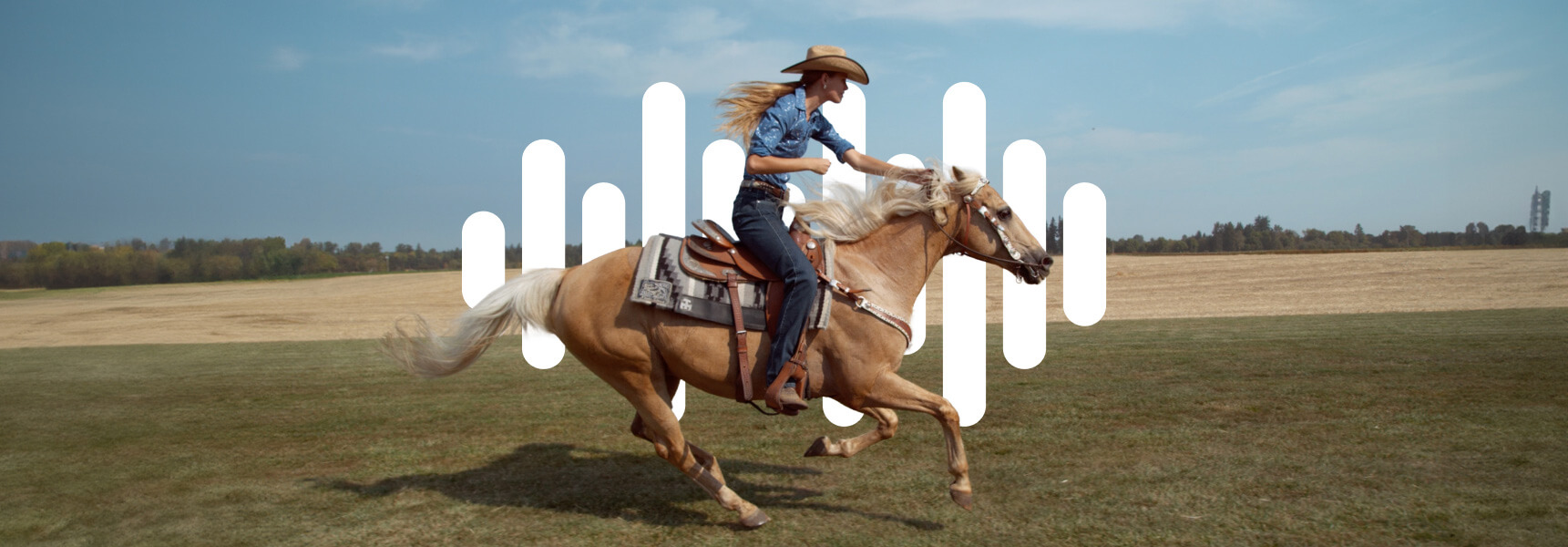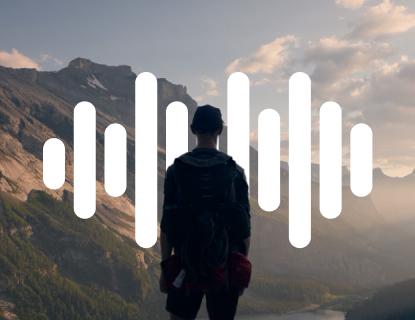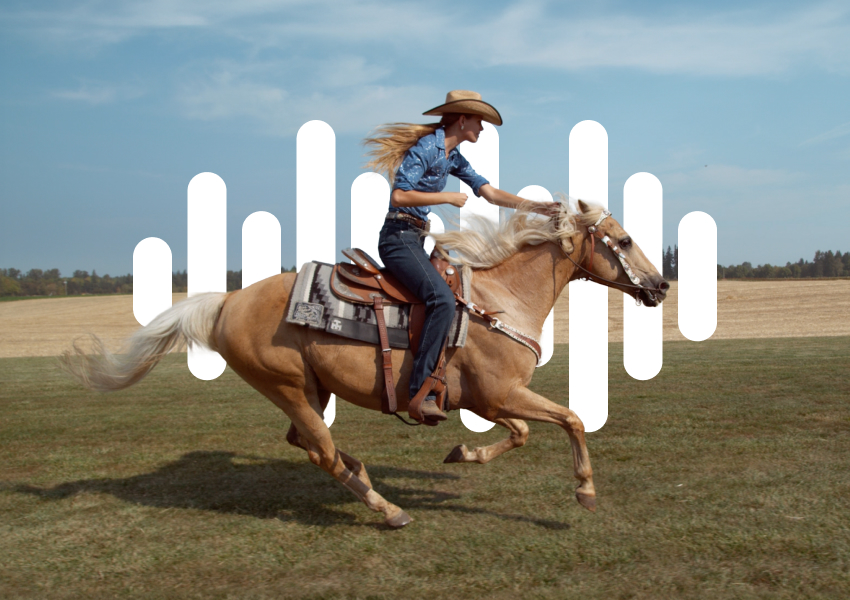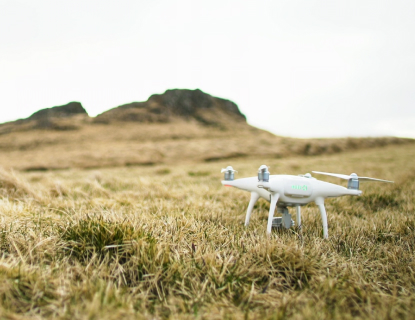Introduction
Pop over to Instagram and look at the hashtag #facelessmarketing. How many posts are tagged with it? At the time of writing, over 512,000 posts were attached to it. That’s increased from 290,000 posts at the end of April 2024.
Faceless marketing is when there’s no identifiable person present in the content. It’s a complete contrast to brand influencer marketing and is a trend on the up. But why? What’s the appeal of using content that’s anonymous? We’re going to delve into what it is, why both creators and brands are turning to it, consider what you need to make it, and ask, does this mean that the future of social media is…faceless?
What sparked this trend?
Faceless content isn’t actually new. Think back to all of the ads you’ve seen in your life, whether on billboards, TV, or the radio, and many of them will have been product-driven. You wouldn’t recognize the voice on the radio. There wouldn’t be a famous face in the footage. And the ad on the bus stop showed just the product.
This is, however, a contrast to how we’ve experienced social media marketing to date. This has relied on building a personal brand and allowing individuals to become relatable to their audience through their content. Companies have tapped into this personal relationship by engaging with brand influencers to push their products. However, there’s been a rise in the popularity of faceless content.
As Irene Sanchez, VP of integrated marketing at medialab, explained to MarketerHire, faceless content creators are “less focused on who they are and instead focus on the content itself.”
Faceless content can be of any genre, like a cooking demonstration in a busy kitchen where the cook’s hands are visible, but otherwise, it’s an anonymous voice-over, just like Kazan. It can be funny memes designed to capture the moment or indulge in nostalgia, like @loveofhuns. It can be cartoon commentary and constructive tips and advice on a particular field, for example, @cheapomedia’s look at the filmmaking world. It could also be a regular series of how-to content from a specific industry, like @thesocialmedia.seo’s account or @reputeforge, for branding and marketing advice.
It appeals to creators because it distorts their personal and work lives, while the sense of mystique appeals to followers. Who exactly is the person behind the account? This contrasts with the intense familiarity and overexposure of influencer branding.
It appeals to creators because it distorts their personal and work lives, while the sense of mystique appeals to followers. Who exactly is the person behind the account? This contrasts with the intense familiarity and overexposure of influencer branding.
We can’t say if this trend is here to stay, but it’s worth noting that some creators have already earned thousands of followers and a lot of money by producing digital content. This video by Digital Income Project shows people how to make faceless content and uses an example of one video that made $165,000 in 15 minutes.
Benefits for creators
The idea of staying anonymous – or perhaps partially anonymous if you choose to share your first name or vague geographical location – might seem contrary to the idea of building a brand, but it has some significant advantages as a creator.
Privacy
Not everyone wants to be famous or be in the spotlight, even for a very small niche market. By creating faceless content, you’re able to separate your private life from your work life as a creator. Your content won’t be scrutinized on a personal level. There won’t be pressure on you to comment on current affairs or political situations if you don’t want to. You should even be able to go to the supermarket without being recognized. No paparazzi, please.
Less stress
Even if you don’t mind a little attention, the pressure to present yourself as consistently perfect – from looks to voice to opinions – when you’re associated with a brand is overwhelming. This is a heavy load to carry, especially when it can lead to burnout. Not having to live up to unrealistic expectations is a huge benefit for any creator.
Focus on content
The focus is always on the content. Without the opportunity to speculate about your personal life or to complain about your shirt color, your followers will always be focused on the content that you’re producing. Your message will always be front and center, without distractions.
Benefits for brands
The benefits of creating and using faceless content extend beyond those for creators. Brands also find it advantageous.
No PR liability
Using faceless content means that brands aren’t tied to an influencer’s PR wave. There’s no potential for crisis if an influencer is associated with something that doesn’t align with your brand. Opportunities for embarrassment decline, too, for example, when celebrity chef Jamie Oliver endorsed supermarket Sainsbury’s, but his wife was spotted shopping at rival store Waitrose.
The focus is on the product
Rather than building a relationship with a brand or product through an influencer, consumers will build it with the product itself. This strengthens the actual brand, so it’s known by its own name rather than as ‘you know, the one that Kendall Jenner does the ads for.’ It also builds authenticity for the product, as it needs to stand on its own merits rather than on the shoulders of an influencer.
More cost-effective
Paying for big-name influencers is not a cheap option. Big names might bring big recognition but also carry big price tags. Using faceless marketing is a cost-effective way to produce extensive campaigns with lots of content within a reasonable budget.
Content stays fresh
Faceless marketing materials tend to have a longer shelf-life than influencer-driven campaigns. Influencer marketing can lose its impact quickly and be dependent on fashion. Meanwhile, it’s easier to maintain consistency with faceless campaigns and they don’t necessarily rely on trends for their appeal. It’s also easier to cut across cultural and geographical barriers with faceless marketing as they don’t rely on someone well-known in one particular region, such as a K-Pop star or a soap opera actor.
Scalability
A faceless marketing campaign can be scaled easily, with multiple different creators working on content simultaneously. The key is that they need to articulate the same message and conform to consistent branding principles.
Using the technology and tools available
Creating content that’s anonymous might sound complicated, but there’s an abundance of tools at your disposal should you wish to try it. You can procure assets such as stock footage, copyright-free music, and sound effects from Artlist to help with your artistic vision. Use templates to ensure branding consistency for your videos or photo posts, which you can find at Artlist or sites such as Canva. To help promote a brand, make sure that you use a mascot or brand identity. It doesn’t need to be a real person: you can create an avatar with the help of AI or select something like an animal that will stick in people’s minds. And with an AI-generated voice, you don’t have to write or record your own voice-overs and potentially unmask yourself.
Why not try Artlist’s AI voiceover generator in your next project. Now it’s easier than ever to create high-quality voiceovers for your videos with Artlist’s AI voiceover generator. Simply add your script to the voiceover generator and create voiceovers with voices exclusive to Artlist.
A top tip from Daquan, the voice behind the wildly successful @Daquan account before they sold it to Warner Music Group for $85 million, is to pay attention to data: “Surprisingly, many influencers don’t pay enough attention to metrics. A lot can be learned by measuring and listening to what the audience likes and shares. If one post got 1,000 likes and a second got 5,000 likes, one must figure out why.”
Wrapping up
Is the future of social media faceless? If you look at what’s trending, to a degree, yes, it is. There are enormous benefits to both creators and brands in pursuing faceless marketing campaigns. It makes sense for creators to produce that kind of content and for brands to use it. However, marketing isn’t a one-size-fits-all operation. It’s a crafted campaign that meets different audiences and consumers where they are. Just as the appetite for influencer branding swung away from it and back toward faceless marketing, it will likely swing back again in the future or could take a different direction altogether.
For faceless content creators, the trend will continue for as long as they enjoy the benefits of it. Many might value their privacy and less pressured environment, which will always be their preferred medium. Others might choose to remain anonymous but sell their account, as Daquan did. Or like Mrs Hinch, they might decide that being anonymous is no longer preferable and revealing themselves is the best path. As a creator, what’s important is to be able to spot the trends and respond to them. For the moment, that means knowing how to create eye-catching anonymous content that resonates with audiences.
Did you find this article useful?



